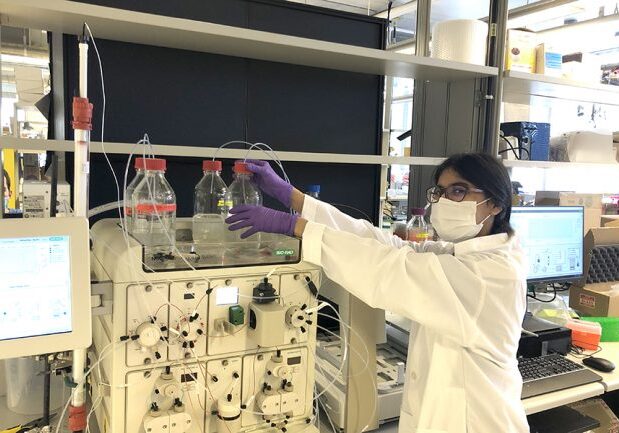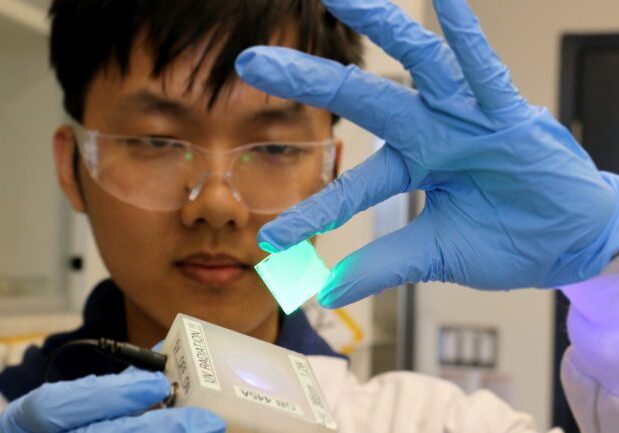
New academia-industry partnership to accelerate the search for materials for sustainable energy and smartphones
A new consortium of world-leading researchers and industry partners looks to use artificial intelligence to flip the materials discovery process on its head
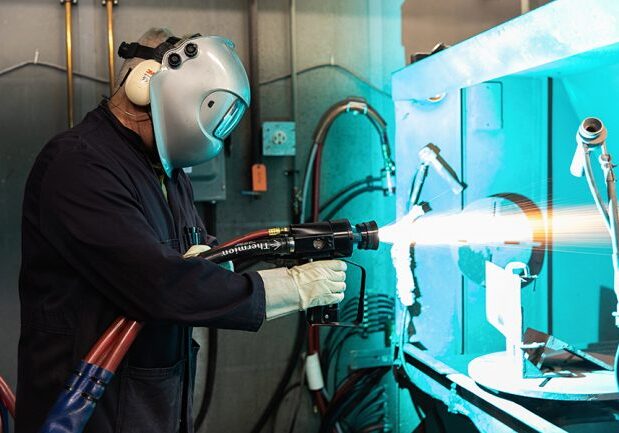
Anti-viral copper coatings could help slow transmission of COVID-19
Professor Javad Mostaghimi (MIE) and his team are using their coating expertise to enhance the functionality of face masks
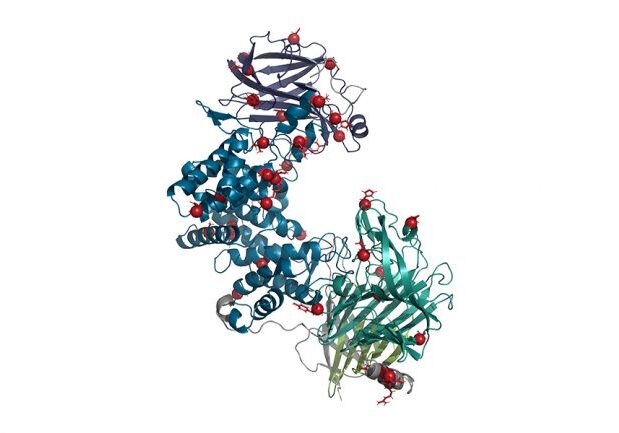
Re-engineered enzyme could help reverse damage from spinal cord injury and stroke
A team led by Professor Molly Shoichet has modified an enzyme from bacteria to promote regrowth of nerve tissue
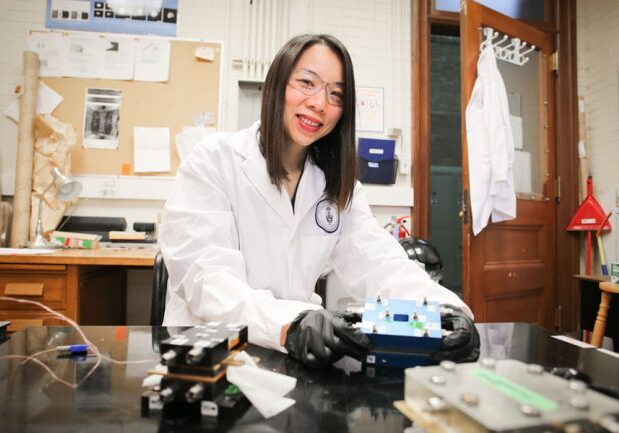
McLean Award recipient Aimy Bazylak is creating new technologies for sustainable energy
Funding will enhance a research program in fuel cells and electrolyzers, which can provide low-emission electricity infrastructure
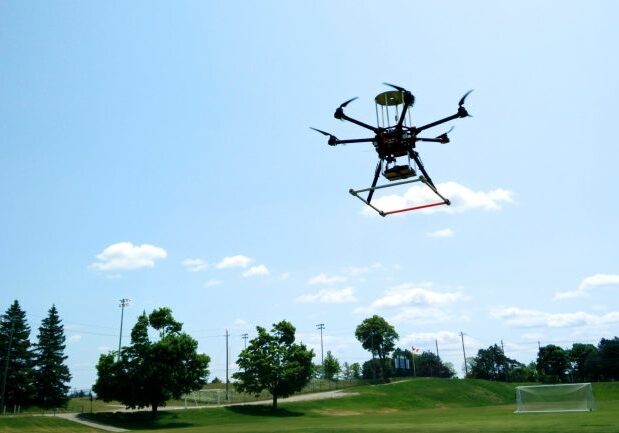
Five U of T Engineering projects receive funding boost for state-of-the-art research tools
Motion-capture equipment to explore and develop robust autonomous drones is among five infrastructure projects receiving funding support
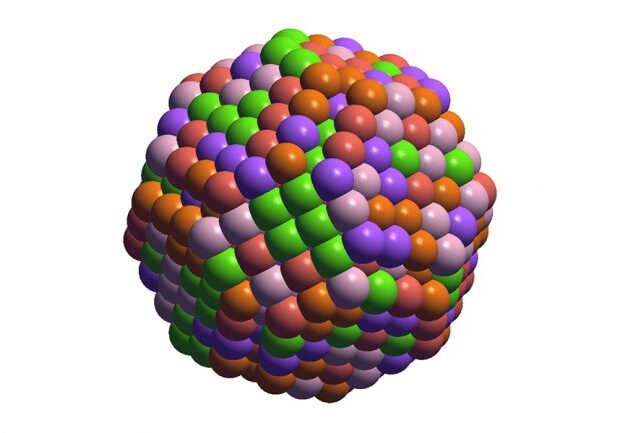
U of T Engineering researchers use machine learning to design smarter industrial catalysts
Team led by Chandra Veer Singh (MSE) has created an algorithm that accurately simulates catalysts made of five different metals
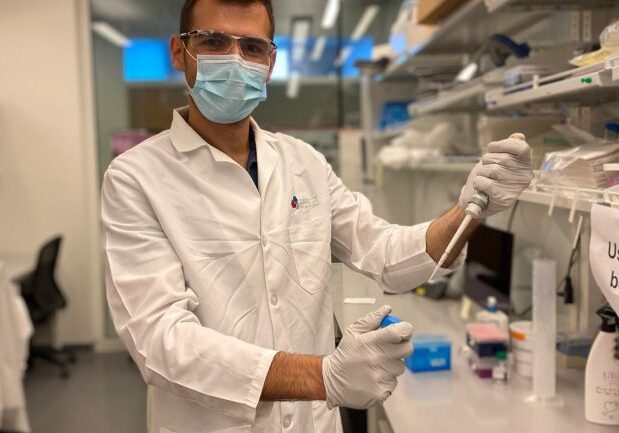
U of T Engineering researchers develop cell injection technique that could help reverse vision loss
A team led by Professor Molly Shoichet has demonstrated the first co-injection of both retinal pigmented epithelium (RPE) cells and photoreceptor cells in a mouse model of blindness.

